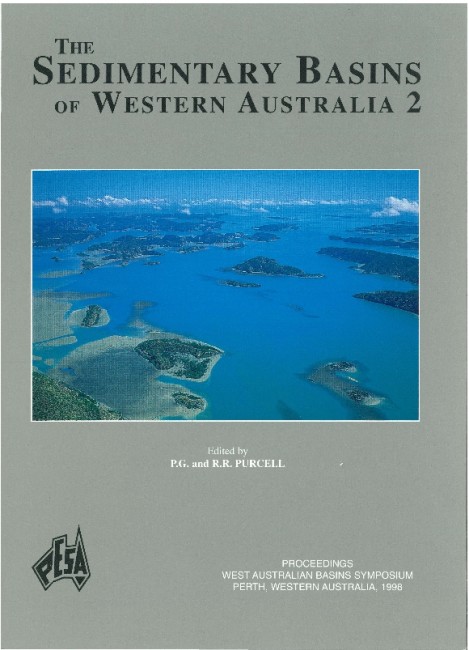Publication Name: The Sedimentary Basins of WA
Authors: S. J. Fisher, R. Alexander, R. I. Kagi and G. A. Oliver
Publication Volume: 2
Date Published: December 1998
Number of Pages: 21
Reference Type: Book Section
Abstract:
The weathering of condensate released into intertidal coastal sediments in north Western Australia was studied by analysing sediment samples collected on eleven occasions over a three-year period. Chemical analysis of the saturated and aromatic hydrocarbon components of the petroleum extracts revealed that both hydrocarbon fractions exhibited an increasingly biodegraded profile with increased residence time in the sediments. The depletion of the aromatic hydrocarbons by biodegradation in this environment was therefore related to that observed for the saturated hydrocarbons.More detailed chemical analysis of the aromatic hydrocarbons was performed to determine the relative rates of depletion of individual alkylnaphthalene isomers with increasing extent of biodegradation. It was apparent from the considerable differences in the observed susceptibility to biodegradation that a strong relationship exists between the compound structure and its susceptibility to biodegradation. Further, the susceptible compounds had a structural similarity to biosynthesised compounds.
These observations were compared with those from two other case studies in different environments, namely the biodegradation of low toxicity oil-based mud (LTOBM) in seafloor sediments near an offshore petroleum production platform, and of crude oils in Australian reservoirs, including those in north Western Australia.
The relative susceptibilities to biodegradation of the aromatic hydrocarbons in the three environments were compared using compound ratios calculated from the relative abundances of selected aromatic hydrocarbons. In broad terms, the variation in the values of these ratios with increasing extent of biodegradation was comparable in each of the environments. The behaviour of the ratios observed in the sea floor sediments and in some of the crude oils, however, deviated in a subtle manner from that observed in the coastal sediments. This deviation was greatest in instances where a mixture of petroleum fluids of differing extent of biodegradation occurred.
The parameters developed for these comparisons are useful indicators of the extent of biodegradation of
crude oils, and also offer promise as indicators of multiple accumulation events in oil reservoirs.


